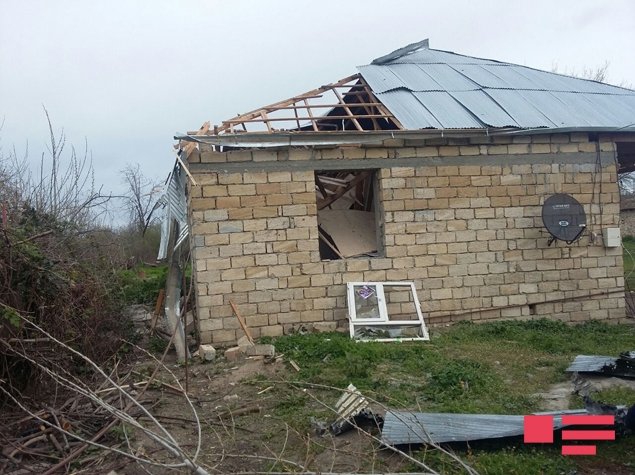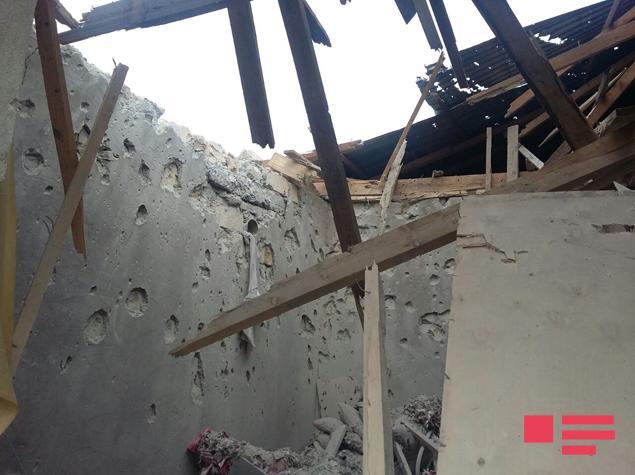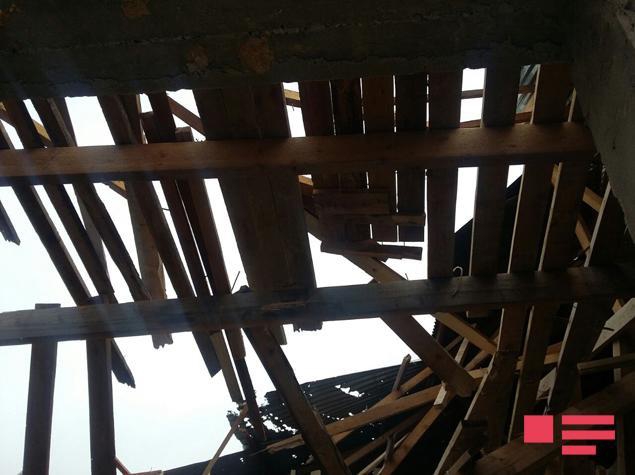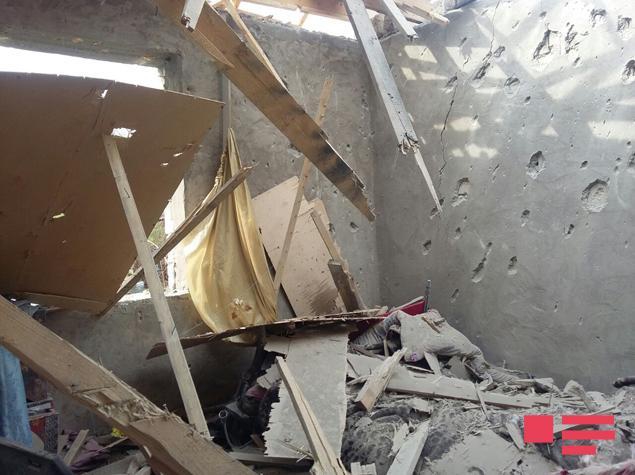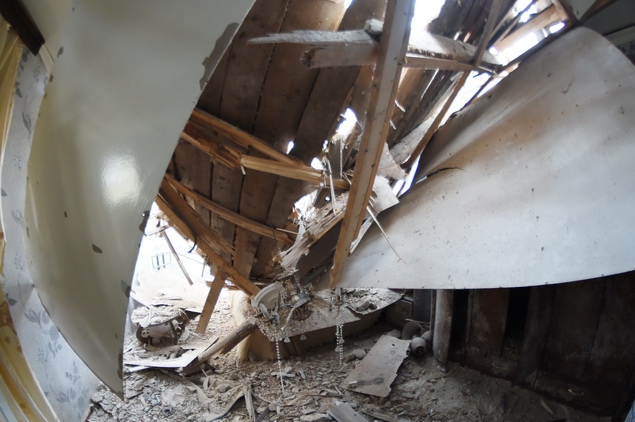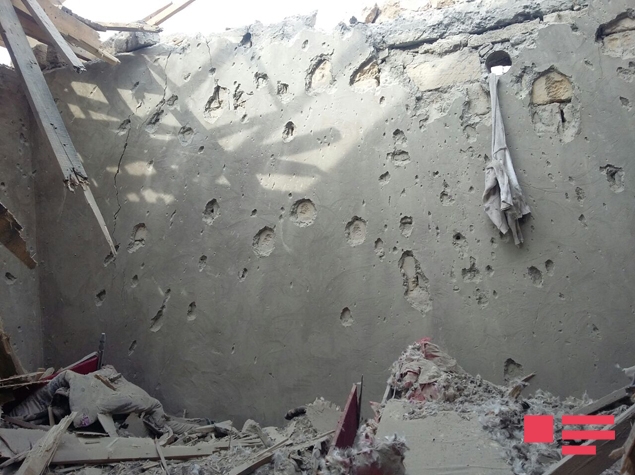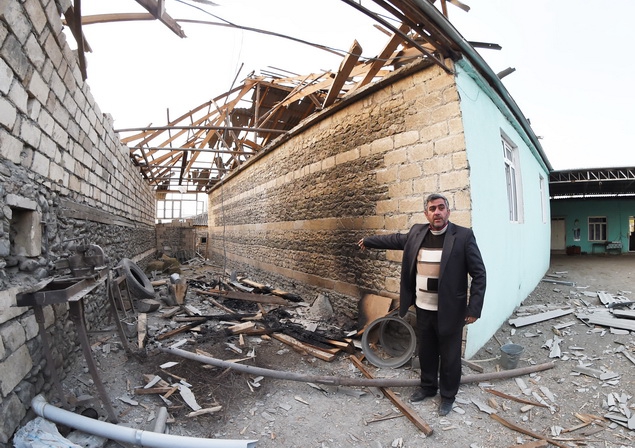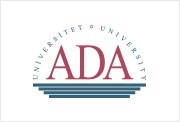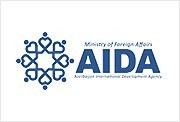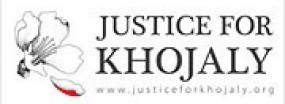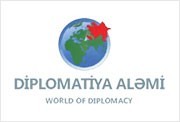Information on further violations of international humanitarian law by Armenia in the context of intensification of the armed conflict between Armenia and Azerbaijan since April 2, 2016
For more than two decades, Armenia has been using force against the territorial integrity of Azerbaijan. It occupied twenty percent of Azerbaijan’s territories and ethnically cleansed about one million Azerbaijanis from those areas. Armenia openly disregards the UN Security Council resolutions No 822, 853, 874 and 884 that reaffirm the territorial integrity of Azerbaijan, and demand immediate, full and unconditional withdrawal of occupying forces from Azerbaijani territories. During the period of 1992-1994, Armenia committed numerous war crimes, crimes against humanity, and genocide.
Starting from the early morning of April 2, 2016, Armenia has intensified its military activity in the conflict area, which has been accompanied with numerous acts of violation of international humanitarian law tantamount to war crimes and crimes against humanity. Armenia has been conducting systematic, deliberate and targeted attacks on non-combatant civilian population encompassing inter alia women, children and elderly residing in the densely populated areas adjacent to the line of contact of armed forces of Armenia and Azerbaijan. As a result of the bombardment of 32 settlements, 6 civilians, among them 2 children below 16 years, were killed and 24 civilians were seriously wounded. Without timely use of effective civil defense measures, the number of causalities among population would be significantly higher. Substantial damages were inflicted upon private and public property, including civilian critical infrastructure. 206 private houses, 69 electricity poles, 2 electrical substations, kilometers of water and gas pipelines were destroyed. Guided missile attacks were directed on social facilities, including schools, hospitals, and places of worship. Instruction had to be suspended in 28 of the damaged schools. One mosque was hit during prayer with high-caliber artillery shells. Compiled information on the consequences of attacks is attached.
Armenia’s actions represent a grave violation of international humanitarian law, in particular the provisions of the Geneva Conventions of 1949 and Additional Protocols thereto, as well as 1954 Hague Convention on the protection of cultural property in the event of armed conflict. As a result of those deliberate attacks, a large number of civilians have been deprived of their basic rights to life, health, property, education, communication, and practicing their religion.
Azerbaijan has taken appropriate measures to counter Armenia’s use of force against its territorial integrity and sovereignty, and to ensure the safety of civilian population and property within its internationally recognized borders.
Azerbaijan has repeatedly brought to the attention of the international community that the primary reason of the tension in the region is the unlawful presence of the armed forces of Armenia in the occupied territories of Azerbaijan. The recent actions of the military dictatorship of Armenia, which is led by a group of war criminals, represents a serious challenge to international peace and security, and the values that the civilized world stands for. The Republic of Azerbaijan calls upon the international community to condemn Armenia on its blatant violation of international humanitarian law. Azerbaijan will spare no efforts to ensure peace and justice in the region.
Information on the consequences of the armed attacks by Armenia against civilian population and property of the Republic of Azerbaijan since April 02, 2016
(updated at 12:00, on 05/04/2016)
|
|
Total |
Including (districts) |
||||
|
Aghdam |
Tartar |
Goranboy |
Fuzuli |
Aghjabadi |
||
|
Number of bombarded settlements |
32 |
16 |
9 |
3 |
1 |
3 |
|
Number of killed civilians |
6 |
1 |
3 |
- |
- |
- |
|
Number of wounded and injured civilians |
24 |
9 |
4 |
8 |
1 |
2 |
|
Damaged buildings, including |
271 |
42 |
160 |
38 |
- |
- |
|
- Private residential houses, out of them |
206 |
18 |
157 |
31 |
- |
- |
|
- completely destroyed houses |
37 |
- |
17 |
20 |
- |
- |
|
- burned houses |
7 |
7 |
- |
- |
- |
- |
|
- non-residential buildings |
4, including,
3 buildings belonging to business and
1 public building |
1 building belonging to business, 1 public building |
- |
2 buildings belonging to business |
- |
- |
|
- Schools |
30 |
2 |
8 |
20 |
- |
- |
|
- Mosque |
1 |
1 |
- |
- |
- |
- |
|
- other types of buildings |
30 |
22 |
3 |
5 |
- |
- |
|
Perished cattle |
171 |
83 |
28 |
60 |
- |
- |
|
Affected sown areas (in hectares) |
236 hectares |
- |
236 hectares |
- |
- |
- |
|
Destroyed civilian critical infrastructure, Including, |
74 |
|
|
|
|
|
|
- electricity supply infrastructure |
69 electricity poles, 2 power substations |
30 electricity poles |
39 electricity poles, 2 power substations |
- |
- |
- |
|
- water supply infrastructure |
2 reservoirs |
- |
2 reservoirs |
- |
- |
- |
|
- gas supply infrastructure |
2 km pipeline |
- |
2 km pipeline |
- |
- |
- |

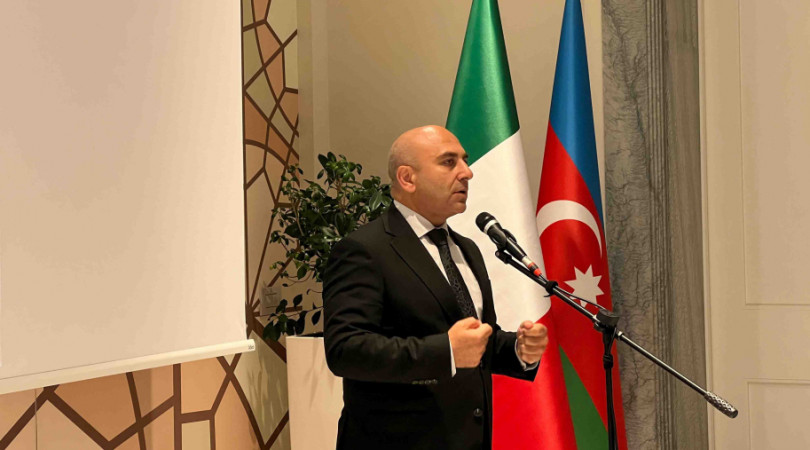

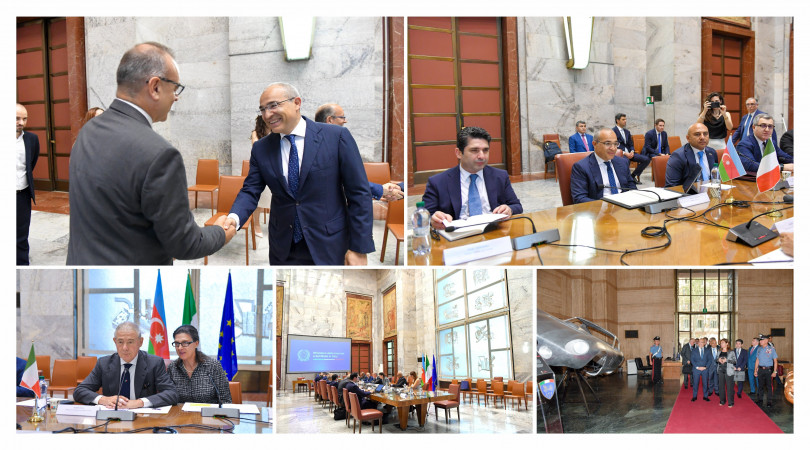
.jpeg)

